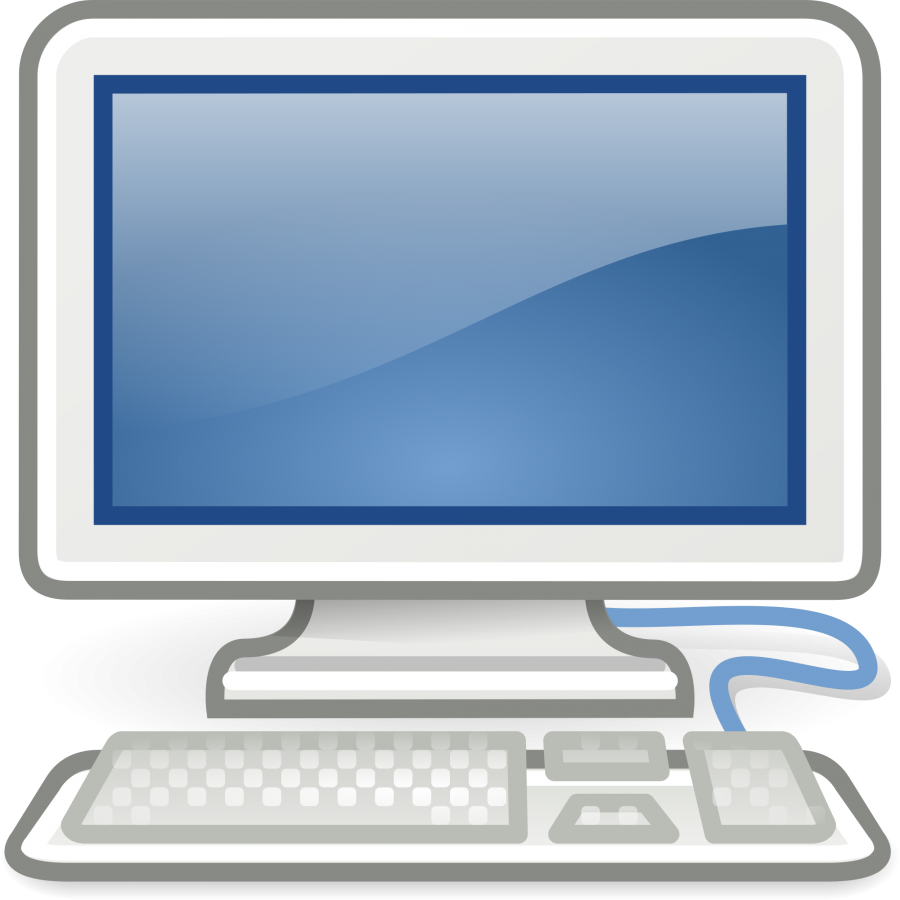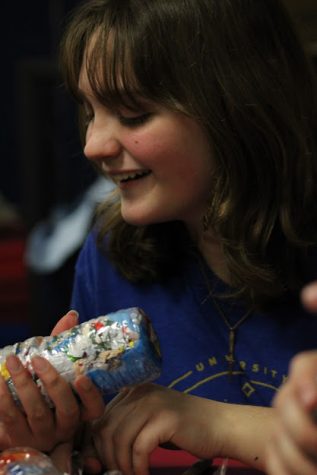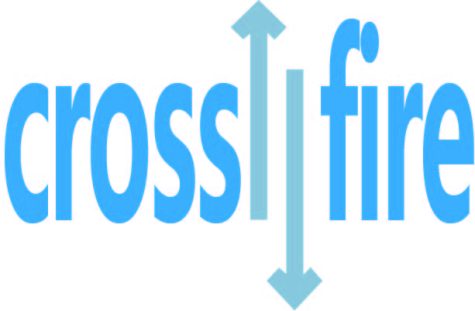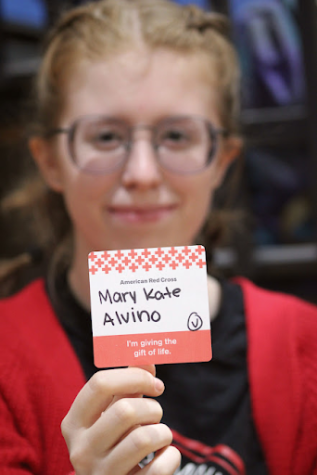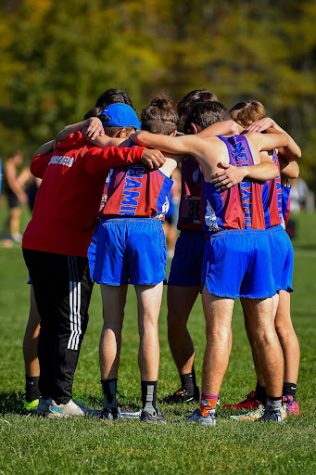Computer Science class offered to students
Photot via Google under Creative Commons license
Neshaminy High School students now have the option to take a computer science course.
“Project Lead The Way partnered with College Board to produce the course as a whole,” said Bob Wood about AP Computer Science Principles, the latest addition to the list of AP courses offered at Neshaminy High School as of fall 2016. The official overview of the course from College Board states that the course is “designed to be equivalent to a first semester introductory college computing course,” although it introduces many more unique features and ideas to the way a course is conducted. Project Lead The Way (PLTW) is a nonprofit organization that, among other things, trains teachers to teach for courses in Computer Sciences, Engineering, and Biomedical Science from K-12. Wood is one of more than 35,000 teachers trained through their programs.
The course follows the general trend of teaching the basics of a topic, getting slightly more advanced, then saving the idea to apply it to a future project. The process gets gradually more time-intensive and requires more critical thinking as the year goes along, in-line with how well the students understand how computers think and operate.
There are three implied mission questions that generate the ‘principles’ that the course’s namesake is given. ‘Who is the intended audience?’ Every program and application is meant for some audience, directly or indirectly, and there is occasionally a concept question about the practical application of an application. ‘How are you going to make the computer do what you want to do?’ Essentially, the answer is fancy term called abstraction, or to refer to the bare bones parts of the whole, step by step, and then put it in an order that makes sense to the computer; this concept is what most of the course is about. Finally, ‘What impact has computing had on the world?’ In the digital age, the answer is massive, however this broken down into communicating, problem solving, doing business, and collaborating.
The digital age was the focus of the developers of the course because there are no AP Computer Science Principles textbooks. Instead, all students are given the most recent section of a chapter in a Word Document, and have questions inside the document to answer then turn back in. “It is easier to manage; you don’t have as much of a workload and you have your textbook in your pocket,” said junior Jules Zamorano. It goes further than just the textbook; it bleeds into the actual AP scoring as well.
There are two parts of the AP scoring: the through-course assessments, two in total, are worth 40 percent of a student’s AP score, and the traditional end-of-course exam, worth the remaining 60 percent. The through-course assignments can land successful students a two out of five before they even sit down to take the end-of-course exam on May 5 later this year. This calls into question the trust that College Board places into teachers or students to enforce or follow the strict plagiarism guidelines.


